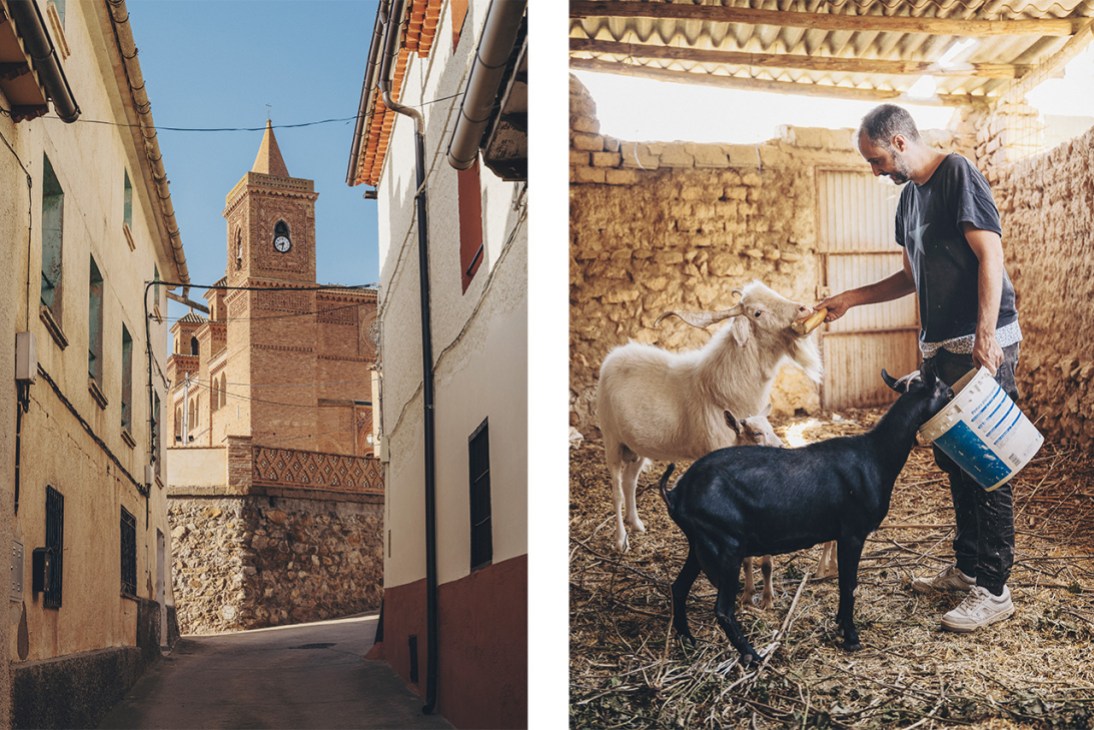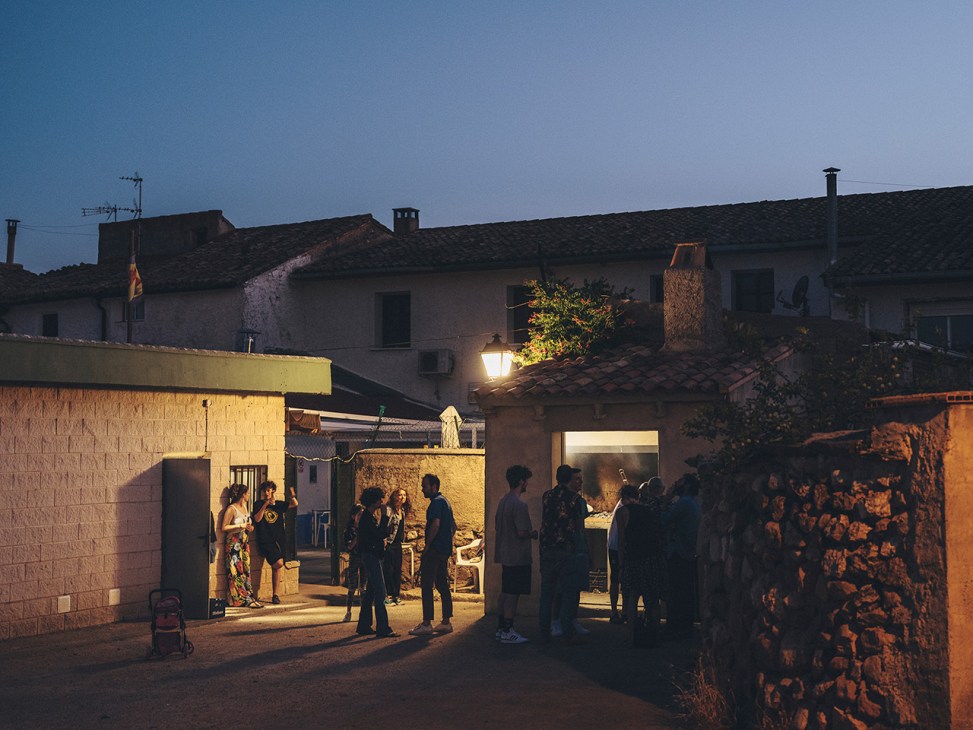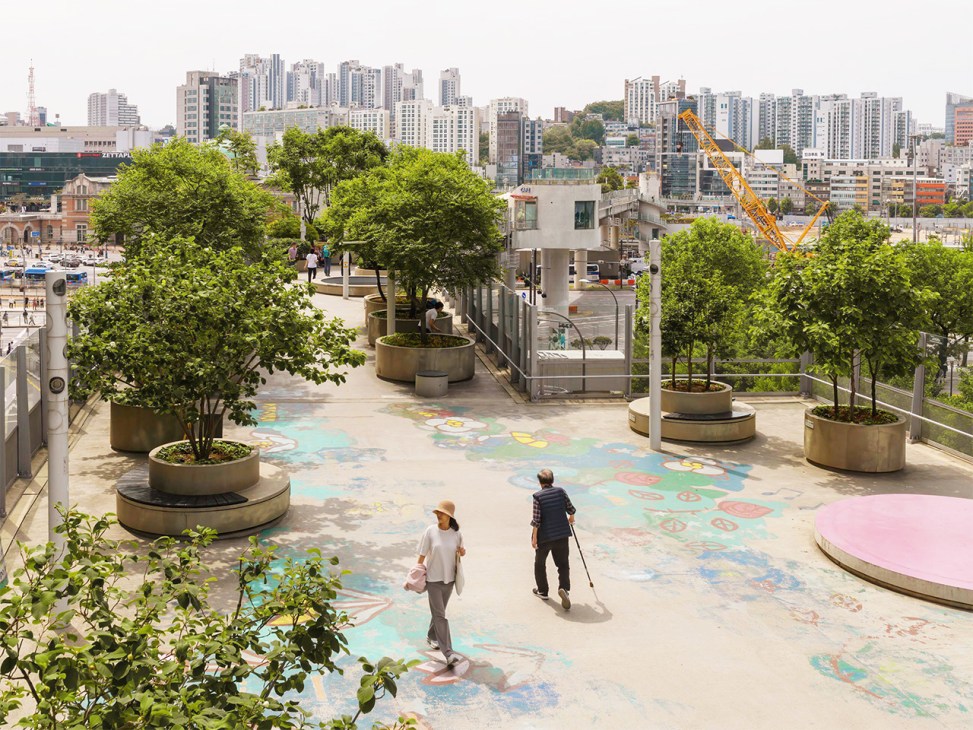This week I’ve been travelling around Aragón in northeastern Spain, visiting some of the people I wrote about in Monocle three years ago for a piece about the fight against rural depopulation. This vast expanse of yellow scrubland and verdant forests is at the heart of what the local press calls la España vaciada (literally “the emptied Spain”). Since the years of the Franco dictatorship, people have been decamping from their ancestral villages to the big cities in significant numbers. But, as I have learned over the past few days, it’s a mistake to assume that the Spanish countryside is dead and buried.
Spain, of course, has huge demographic issues. Like Italy, where I live, it has a low birth rate and an ageing population. Between 2010 and 2019, populations have fallen in nine regions of the country, including Aragón. There are almost 7,000 municipalities in Spain with fewer than 5,000 inhabitants. Yet visit many villages in Spain today and you wouldn’t know it. In Torralba de Ribota, one of the stops on my trip, I find streets full of children playing and running from house to house. The adults, meanwhile, are knocking back ice-cold Ambar beers in the neighbourhood bar. The community swimming pool is packed as locals cool off from the intense heat.

Summer is the peak season of Spanish rural life, when communities across the country hold celebrations called fiestas patronales (patronal festivals). The kids I see running around are the grandchildren of the old-timers who remained; among the others are visitors who own a second house in the countryside but only use it seasonally, having long ago moved to Madrid, Barcelona or Zaragoza. Torralba de Ribota’s permanent residents joke that every year they meet people who swear that they will buy a house and move here – only for the promise to fade away as the air turns chilly come October.
I’m here to see people who have made Torralba de Ribota their home. Many of them had no prior links to the village beyond a knowledge of Lucía Camón, an actress and the founder of an annual cultural festival called Festival Saltamontes, which took place last weekend. Since Camón’s move from Madrid with her former partner and daughter, Torralba de Ribota – which has a population of 169 – has welcomed everyone from a South Korean painter to a stand-up comic and scriptwriter. A couple in their twenties are the latest to move in.

Torralba de Ribota is lucky in many ways. It might seem to be in the middle of nowhere but it’s a short drive from the town of Calatayud, which has several fast trains a day that go to Madrid or Barcelona. In other words, Spain’s main metropolises are within easy reach for a meeting or a retail fix.
While having a creative job that you can do from a studio, workshop or computer clearly makes life in places such as this more viable, comedian Quique Macías says that what the countryside really offers is the chance to take risks. He bought his house for a fraction of what he would have paid in a city and recently purchased a strip of land, where he is now growing pistachios and almonds. He is able to take on only the jobs that he wants to do because he isn’t overburdened with high living costs or an extortionate mortgage.
At a time when the news agenda is packed with stories about geopolitical turbulence and a cost-of-living crisis, village life offers a quieter alternative. This is a place where generations help each other and the pace is slower, more considered. Torralba de Ribota isn’t for everyone and its charms are unlikely to reverse Spain’s demographic trajectory – but its newest inhabitants are proof that another way of living is possible.
Stocker is Monocle’s Europe editor at large. For more opinion, analysis and insight, subscribe to Monocle today.
In a world of rising skylines, shrinking public spaces and a growing demand for greening our cities, the “sky garden” has emerged as a transformative idea. These elevated pockets of foliage can offer a moment of calm above the hustle and bustle of the city, making urban life feel more generous and breathable. In private developments in particular, these gardens act as an aerial oasis: they help cool down the building, boost biodiversity and create a space for residents to wind down with a view. In Singapore, for instance, the decision to mandate vertical greenery in many districts is a big reason why the city-state feels liveable even at 35C. Milan’s Bosco Verticale shows how integrating plant life into residential buildings can help redefine a city’s commitment to sustainability. While in Seoul, it was through the development of a linear garden that a disused motorway was transformed – connecting neighbourhoods, increasing walkability and reducing the urban heat-island effect.

But what happens when we start blurring the line between public and private, and replace public parks with sky gardens? Current global planning demands mean that every new development is expected to deliver sustainability and biodiversity, leaning into the concept of community wellbeing and green intent. It’s fitting, then, that rooftop or high-rise forests come in as an easy solution – but despite everyone’s best attempts, it will be difficult for them to replicate the ecological and social functions of ground-level urban vegetation.
Don’t get me wrong, there’s much to be enjoyed about a sky garden. They are an elegant expression of vertical living and a welcome antidote to the concrete and steel of the city. In London, it was recently proposed that a new tower with such a space be erected on Fenchurch Street – meaning that, if the project is approved, Londoners will have four skyscraper gardens within the same city block. While there is merit in the concept, it’s important not to take these spaces as a tit-for-tat replacement of the real thing.
One of the most defining characteristics of parks is that they are free and open to all. A sky garden, in theory, employs that same concept – simply a few floors up. But once you add in the security requirements for each tower and the need to track visitor statistics, it usually means that you have to pre-book a free time slot. This often involves factoring in time to stand in a queue, along with bag-size restrictions that would make bringing a picnic impossible. Does that sound like a day out in a park?

The best way to describe it would be a controlled-park experience, where you’re merely dipping a toe in nature, provided you adhere to the rules that “allow” you to be there in the first place. A real garden offers unplanned time. It’s a place to aimlessly wander, to lie on the grass and drift off or to meet with friends, pop open a bottle of prosecco and catch up on life. It’s a place to arrive with nothing and leave sun-kissed. It shouldn’t require a wristband, a café receipt or a justification.
The topic of high-rise green spaces touches upon a broader trend in our cities, which is the loss of spontaneity. Perhaps we were always headed this way but the pandemic exacerbated our need to plan everything. Now we must always reserve a table before heading to a restaurant, museums ask for you to secure a visiting slot on their website and a garden only allows you in if you agree to its terms and conditions.
The news of a fourth potential sky garden in London is not, per se, a bad thing. But it should be seen for what it truly is: an enhancement to private development that the general public is allowed to visit, rather than a substitute for a civic space. They offer relief, not freedom. Real gardens are open, democratic and belong to everyone – regardless if you stumbled upon them or had a visit planned all along.



